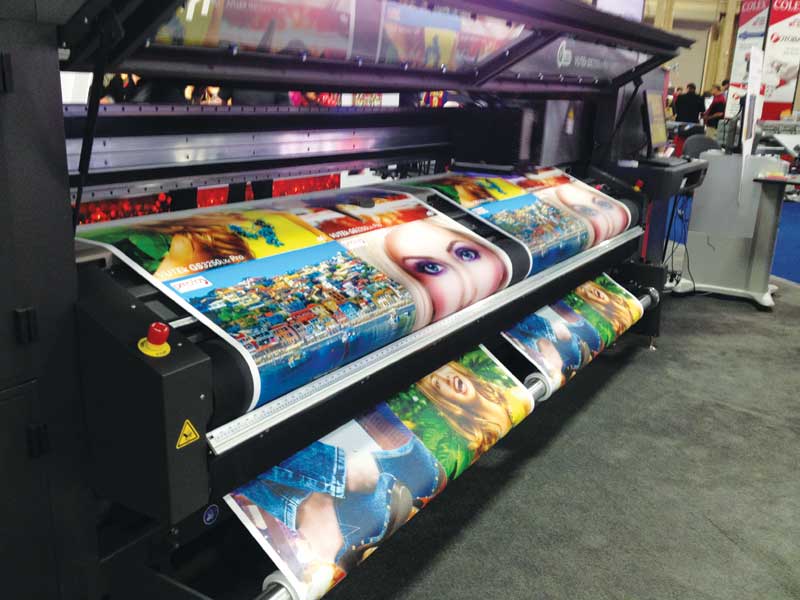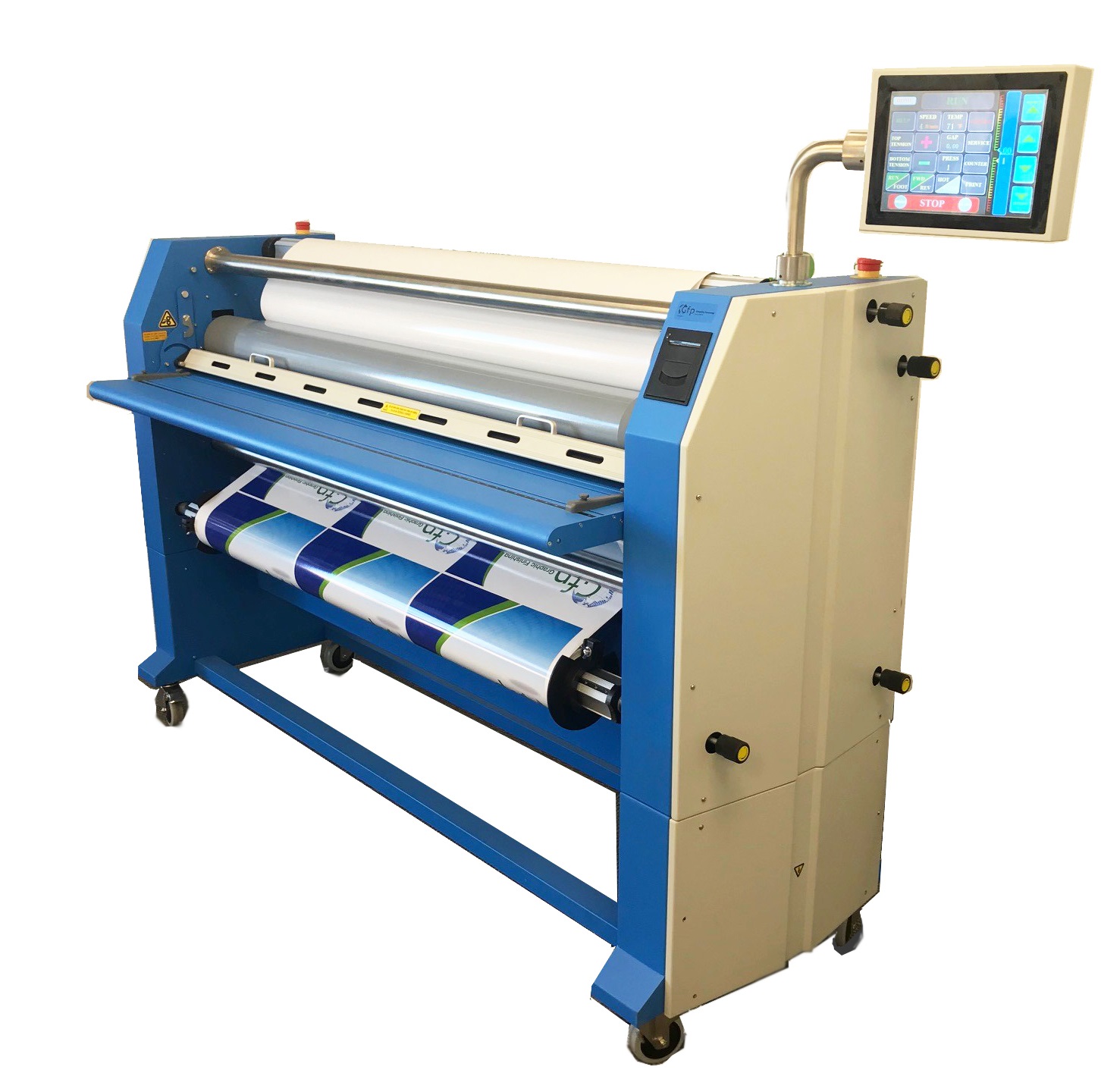Wide-format Printing: Capturing new opportunities

Photo courtesy Presto Tape
Increasing efficiency
As wide-format graphic production has advanced, the need to prepare and process files efficiently has driven the adoption of advanced workflows, comprising both manual and automatic processes.
Each shop needs its own customized in-house workflow, based on the types of materials being used, the types of production and finishing equipment on the shop floor and the types of applications being produced. Typically, the workflow begins with structural and graphic design, followed by customer approval, prepress, graphic file merging, scheduling, file transfer, printing, finishing, packing and shipping.
Developing a workflow is no easy task in today’s complex market, but the effort will pay off with smoother interactions between designers, equipment operators and customers and a more efficient supply chain overall.
The need for education
As the numbers of inks, printers, substrates and workflow automation options continue to grow, the learning curve becomes steeper and the bar is raised higher in terms of the print quality expected by customers. Hence, education will become more important as PSPs expand their offerings.
Despite such challenges, the market remains rich with opportunities. The key is to determine an area of focus, learn the necessary skills and identify those clients whose needs fall within that field of specialization.
Eve Padula is a senior research analyst for InfoTrends’ business development strategies (BDS) consulting service, while Steve Urmano is director of its wide-format printing consulting service. This article is based on their white papers, produced by the International Sign Association (ISA). For more information, visit www.signs.org/business-resources/printing.






